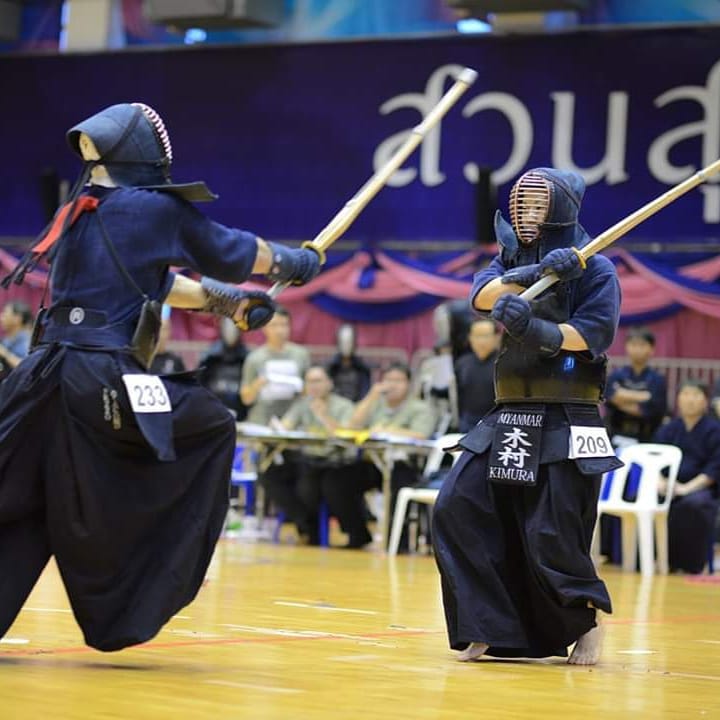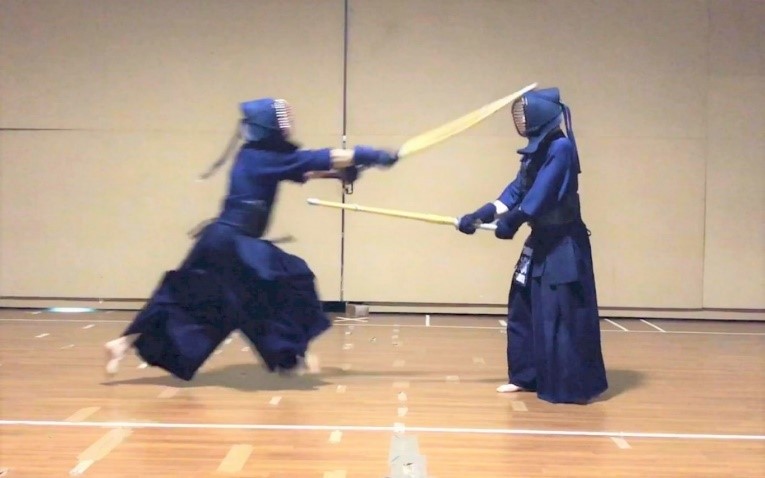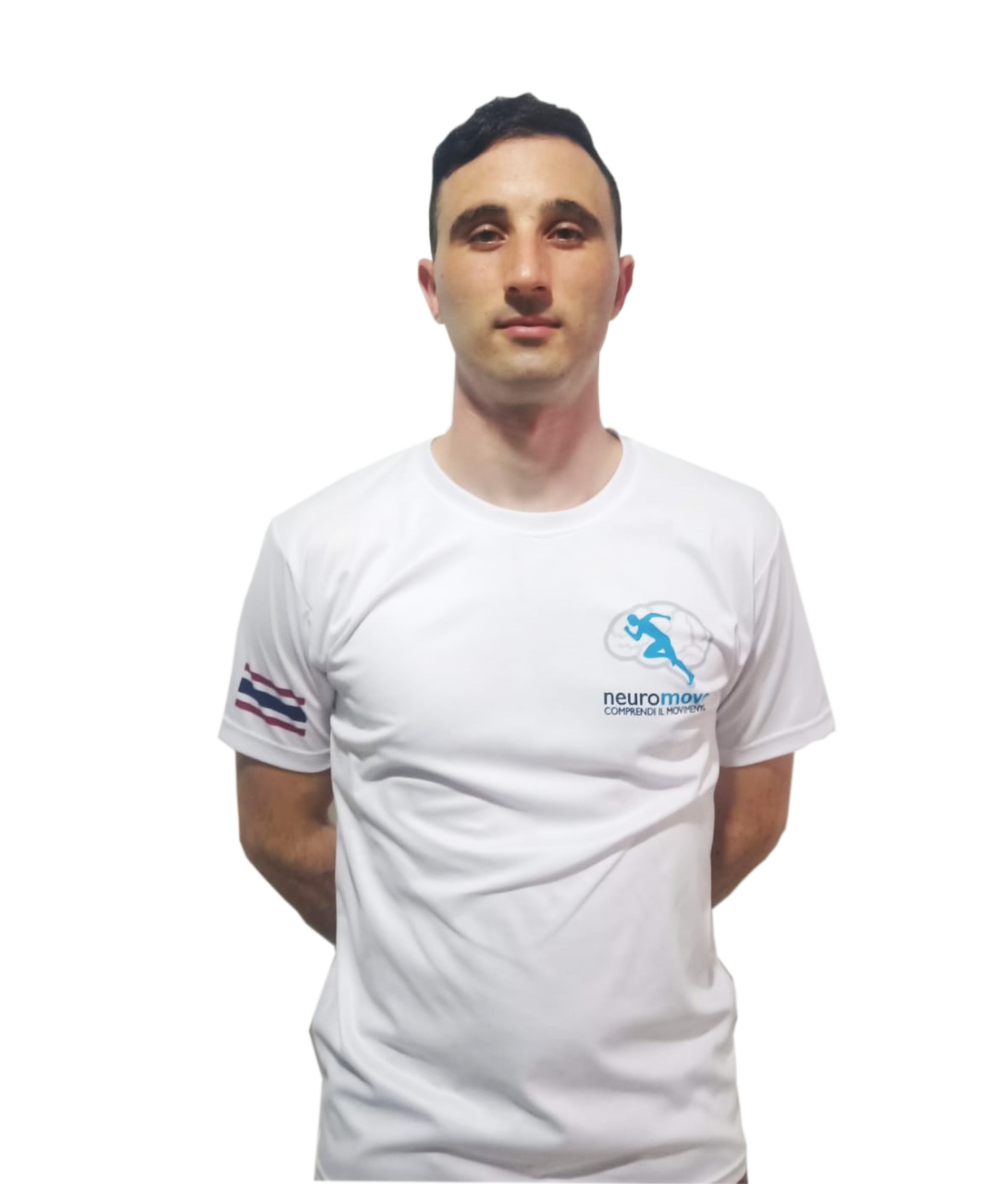NEUROMOVE APPLIED TO KENDO

Neuromove applied to kendo
Kendo training is a comprehensive process that requires the development of several physical and mental components. Here is a brief explanation of the main training areas:
1. Core:
The core, which includes the abdominals and lower back muscles, is critical for stability and movement control in kendo. A strong core helps you maintain proper posture and generate power during your shots.
2. Ankle:
Ankle strength and flexibility are crucial for the quick, agile movements required in kendo. Specific exercises improve stability and prevent injuries, allowing quick changes of direction and fluid movements.
3. Lower Limbs:
The legs provide the basis for all movements in kendo. Workouts that strengthen the quadriceps, hamstrings and calves improve power in steps and jumps, as well as support the guard position.
4. Upper Arts:
The arms and shoulders are essential for the accuracy and speed of the shots. The training includes exercises to increase strength, endurance and coordination, ensuring powerful and controlled shots.
5. Also:
Hip mobility and strength are vital for striking power and fluidity of movement. Hip mobility exercises help improve extension and flexibility, contributing to more effective technique.
6. Aerobic Endurance:
Aerobic endurance is necessary to maintain energy and concentration during training and competitions. Cardiovascular exercises, such as running or swimming, improve lung capacity and general endurance.
7. Stretching:
Stretching is important for maintaining flexibility and preventing injuries. Static and dynamic stretching exercises help improve joint mobility and reduce muscle tension.
8. Visual cognitive training:
Kendo requires great hand-eye coordination and quick reaction skills. Exercises that train visual perception, concentration and reaction speed improve the cognitive skills necessary to anticipate the opponent's movements and respond quickly.
Overall kendo training integrates these elements to develop a practitioner who is strong, agile and mentally ready to engage in combat.
Addressed to:
-Professionals related to health and sport, Kendo coaches, physical education professors, graduates in motor sciences, physiotherapists who seek to broaden the vision of the Neuromove methodology.
-Athletes and sportsmen, kendoche who want to protect themselves from injuries and recover their body through the exercises of this methodology.

Applied neuroscience in 8 modules on video

highlights of the training program
Our Team

Giacomo Pezzo
founder
Doctor in Sports Science at the University of Brescia.
Fitness coach in sports and functional rehabilitation.
Researcher in teaching methodologies, motor and cognitive learning.
physical education professor at Wells International School – Bangkok, Thailand.
Cintura nera, 5 ° and in Kendo.

Jose De Laurentis
FOUNDER
Doctor in Physical Education at’IPEF Cordoba Argentina.
Specialization in Movement Therapy at the University of Villa Maria Cordoba, Argentina.
Researcher in the field of neuro coordination, motor control and training physiology.
Consultant cognitive neuroscience applied to learning motor, fitness and sports.
ATP tennis physical trainer and FIT.



